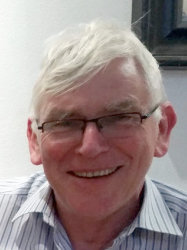BibTex format
@article{Thornley:2009:10.1117/12.818578,
author = {Thornley, DJ and Gillies, DF and Bisdikian, C},
doi = {10.1117/12.818578},
journal = {Proceedings of SPIE - The International Society for Optical Engineering},
title = {A stochastic process algebraic abstraction of detection evidence fusion in tactical sensor networks},
url = {http://dx.doi.org/10.1117/12.818578},
volume = {7348},
year = {2009}
}

